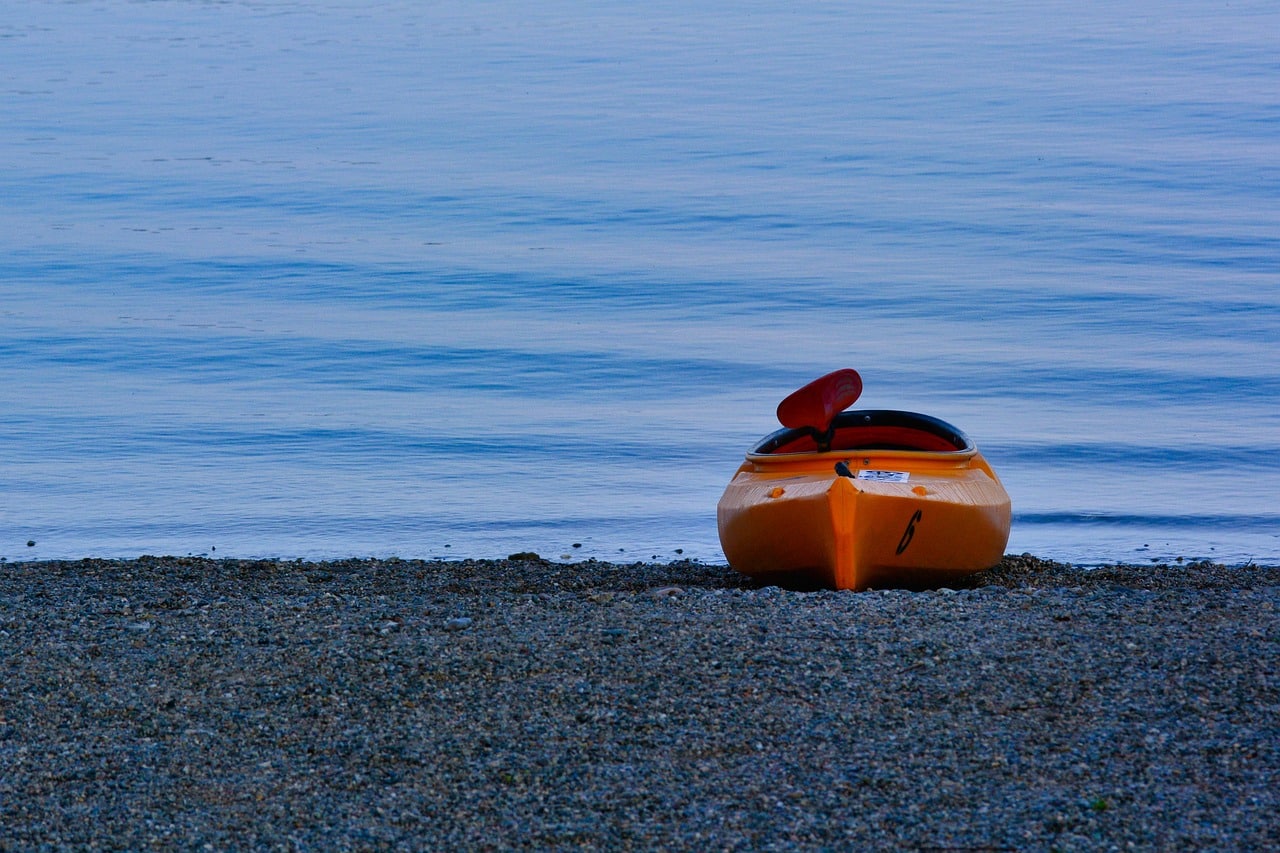Overcoming Challenges: Kayaking with Disabilities

Kayaking offers a sense of freedom, adventure, and connection to nature that is unmatched. It’s an activity that people of all abilities can enjoy, thanks to advancements in adaptive equipment, supportive communities, and the inspiring determination of individuals who refuse to let disabilities define their capabilities. This blog post delves into the innovations and resources that make kayaking accessible to all, highlighting inspiring stories of paddlers who have overcome challenges to embrace the joy of kayaking.
Adaptive Equipment: Innovations That Make Kayaking Accessible to All
Adaptive Kayaks: These kayaks are designed with stability, comfort, and ease of use in mind. Features may include outriggers for added stability, seats with enhanced support, and hand pedals for those unable to use traditional paddles.
Assistive Paddling Gear: From modified paddles with hand grips for those with limited grip strength to joystick-controlled rudders for precise steering, adaptive paddling gear is revolutionizing what is possible on the water.
Transfer Benches and Lifts: Getting in and out of a kayak can be one of the biggest challenges. Transfer benches and lifts make this process safer and more accessible for individuals with mobility issues.
Adaptive Paddling Programs: Many organizations offer adaptive paddling programs, providing not only the specialized equipment needed but also trained instructors to ensure a safe and enjoyable experience on the water.
Community Resources: Programs and Organizations Supporting Paddlers with Disabilities
Paddleability Programs: Organizations such as the American Canoe Association (ACA) offer Paddleability resources, including directories of programs designed for paddlers with disabilities, ensuring everyone has the opportunity to experience kayaking.
Local Kayaking Clubs and Nonprofits: Many communities have local kayaking clubs and nonprofits that offer adaptive kayaking sessions, providing equipment and support for paddlers with disabilities.
Rehabilitation Centers and Therapeutic Recreation Programs: Some rehabilitation centers and therapeutic recreation programs incorporate kayaking into their offerings, recognizing the physical and mental health benefits of the sport.
Inspiring Stories: Profiles of Individuals Who Have Overcome Challenges to Enjoy Kayaking
Erik Weihenmayer: Despite being blind, Erik has kayaked the Grand Canyon's treacherous whitewater. His story is a testament to the power of determination and the possibilities that arise from adaptive techniques and equipment.
Greg Mallory: Paralyzed from the waist down after a skiing accident, Greg did not let his disability stop him from pursuing outdoor adventures. He has become an accomplished kayaker, navigating class IV rapids with adaptations to his kayak and gear.
Tara Llanes: Former professional mountain biker Tara Llanes, who became a quadriplegic after a racing accident, has taken up kayaking as a way to continue exploring the outdoors. Her journey highlights the adaptability of the human spirit and the role of community support in overcoming obstacles.
Conclusion
Kayaking is a sport that embodies the spirit of adventure and freedom, and thanks to innovations in adaptive equipment and the support of dedicated organizations, it is increasingly accessible to individuals with disabilities. The inspiring stories of paddlers who have overcome significant challenges to enjoy kayaking underscore the idea that the water is open to everyone, regardless of physical limitations. As the community continues to grow and evolve, the hope is that even more people will discover the transformative power of kayaking, fostering a more inclusive and supportive paddling community.
